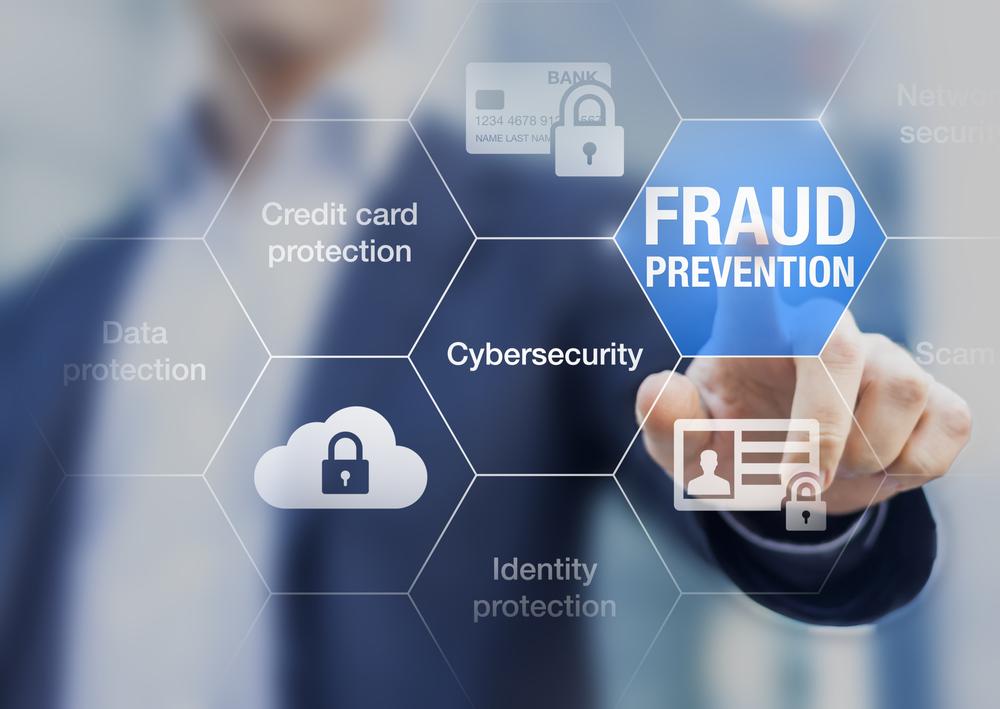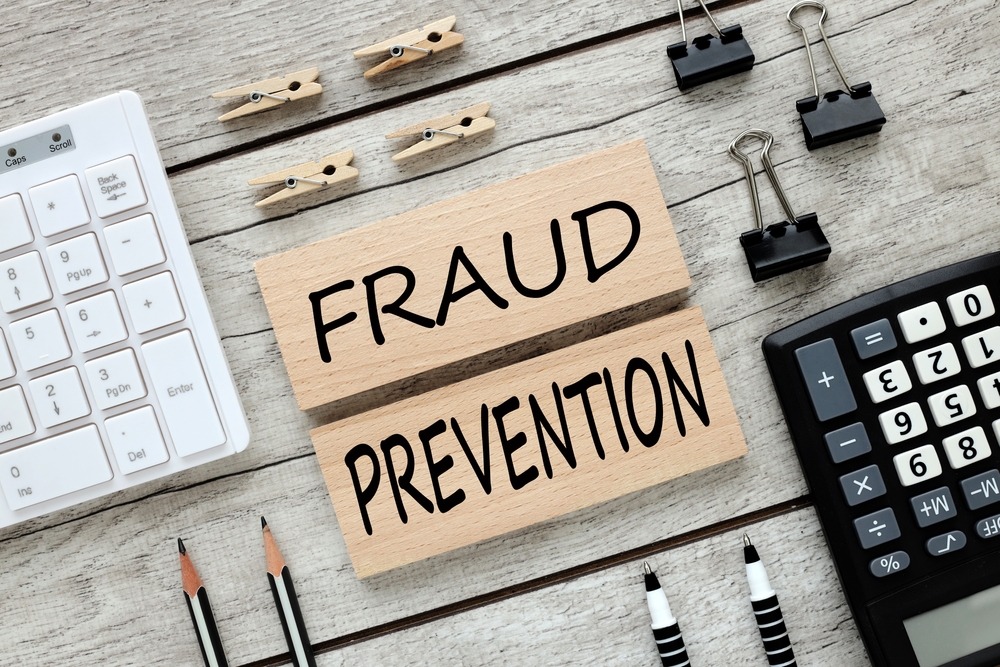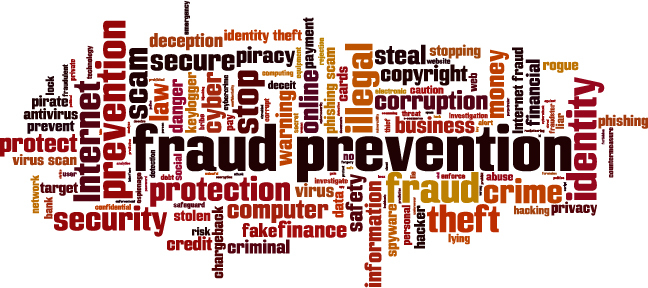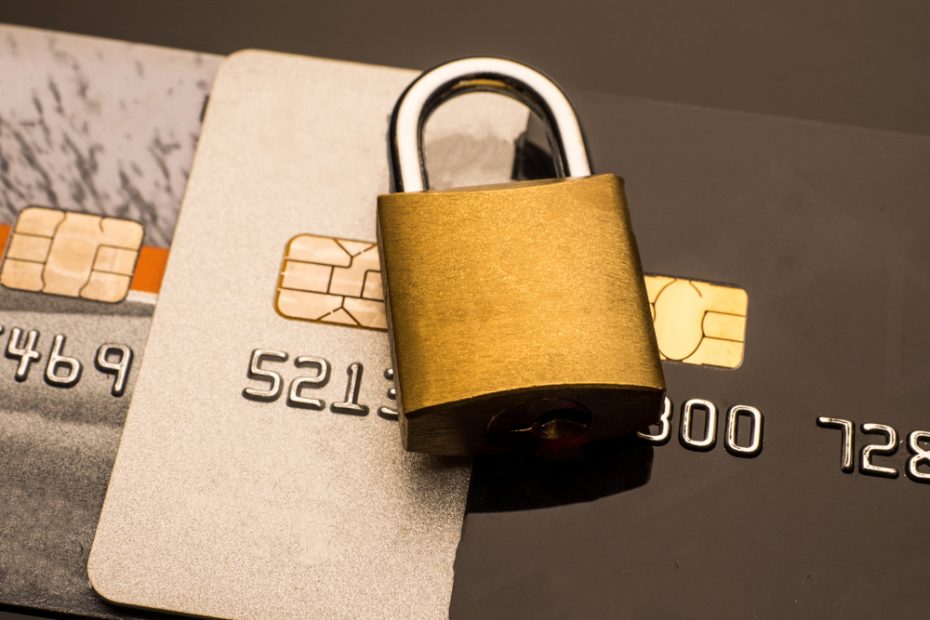The landscape of the economic business environment of today’s world has and continues to grow in an increasingly complex way. The explosive growth in the advancements of artificial intelligence, Big data, interglobal communications, the Internet, machine learning, and technology overall is allowing the world to completely revolutionize in dynamic ways. Take, for example, money. Buyers and sellers must be able to agree on what is money before paying for a good or service. Buyers now have a plethora of payment options available through human ingenuity and imagination. In more recent years, the ways that customers are able to pay for goods or services and the options that merchants are able to provide to their customers for their businesses has expanded greatly over a short period of time.
Available today to the local, regional, national, and international consumer is cash, check, ACH (Automated Clearing House) payments, Bitcoin, credit and debit cards, cryptocurrency, digital wallets like Apple Pay, Amazon Pay or GPay; and third party payment platforms like Paypal. While certain asset classes continue to remain resilient during tough economic cycles, cards are commanding a greater share of a customer’s wallet, with much of the transactions that are settled between customers, merchants, acquiring banks and other payment processors occurring via use of a debit, credit or prepaid card. Fruitful for merchants who partner with the best payment processors.
There are challenges and risks that merchants must consider and evaluate in order to secure their payments systems. According to UK Finance, a trade association providing a collective voice for the banking and finance industry in the UK, representing over 300 firms providing credit, banking, markets and payment-related services, over £1.2 billion was stolen through fraud in 2022, with 80% of APP Fraud** cases starting online. In 2021, the US reported overall losses of $20 billion in e-commerce sales losses alone due to fraud. By 2023 losses expected in global e-commerce sales due to fraud is $41 billion.**Authorised push payment (APP) fraud: a customer is tricked into authorising a payment to an account controlled by a criminal.
In this article, we will discuss payment fraud prevention methods and techniques, card fraud detection technology; the benefits of payment fraud prevention, the tools that are available to merchants; and how merchants are able to utilize these tools in a variety of payment scenarios, strengthening their businesses in the fight against fraud. Our focus on the cutting edge and latest advancements in the field will aid in developing the best practices for both customers and merchants to minimize the risk of being victimized by such frauds.

What is Card Fraud Detection?
Card fraud detection refers to the methodologies, processes and systems used by payment processors, credit card companies and financial institutions to identify and prevent fraudulent credit and debit card transactions. With more and more transactions taking place via credit card or online, the amount of data being collected and the number of payment card transactions has skyrocketed, emphasizing the need for proper debit and credit card fraud detection.
Highlighting the impact that these losses can have on the financial health, reputation and condition of a merchant’s business, securing your payments with our card fraud detection technology well-structured and adaptable card fraud detection payment solution that can meet the demand and metrics of a merchant’s industry and security.
Now, consumers and businesses must become and continue to be vigorously vigilant in their approaches to combat card fraud. To accomplish this by ways and means, both consumers and businesses need to understand the various advancements in the payments card network, cyber security procedures and updates, and its importance to fighting card fraud for transactions both in person and online.

Types of Card Fraud
There are several card frauds including:
- Lost or stolen card frauds
- Counterfeit credit card cloning fraud
- Identity theft
- Card-not-present (CNP) fraud
- False application fraud
- Card-never arrived-fraud
How Card Fraud Detection Works: Common Methods for Fraud Prevention
Customers, merchants, payment processors, and financial institutions all have some role in the prevention of fraud. protect their reputation and revenue and allow for greater investment into the integrity and overall customer experiences. Moreover, there are many innovative and latest advancements in technology that benefit card fraud detection and fraud prevention.

AI: Machine Learning for Fraud Detection
“Machine learning is a branch of artificial intelligence (AI) and computer science which focuses on the use of data and algorithms to imitate the way that humans learn, gradually improving its accuracy”. – IBM, What is Machine Learning?
- Anomaly detection
- Machine learning algorithms identify unusual patterns and deviations from normal behavior in transactional data. Using historical data, computers and systems can model and “train” on historical data, with algorithms learning to recognize legitimate transactions and flag suspicious activities that may indicate fraud.
- Analyzing Transaction Patterns
- Machine learning algorithms can utilize behavioral analytics and data mining to identify fraudulent actors often collaborate and form criminal networks to carry out their defrauding activities. Machine learning techniques like graph analysis can help uncover these networks by analyzing relationships between entities (such as users, accounts, or devices) and identifying unusual connections or clusters.
- Risk Scoring
- Machine learning models can assign risk scores to transactions or user accounts based on various factors, such as transaction amount, location, frequency, and past behavior. Higher risk scores indicate a higher likelihood of fraud, enabling organizations to prioritize their resources and focus on specific transactions or accounts that warrant further investigation.
- Velocity checks
- Velocity checks monitor the number of times that certain transaction data elements occur within certain intervals and look for anomalies or similarities to known fraud behavior. Velocity checks are also used in some rules-based fraud systems.

How Card Fraud Detection Works In-person payments
Credit card fraud detection
Machine learning algorithms can analyze transaction data (e.g., time, location, amount, and business) to identify patterns and flag potentially fraudulent transactions in real time. For instance, if a customer’s card is used in two far-apart locations within a short time frame, the system can flag the transactions as suspicious.
Point-of-sale (POS) anomaly detection
Machine learning can monitor POS transactions and identify unusual patterns. For instance, if an employee processed an unusually high number of refunds or discounts, that may indicate internal fraud or theft.
Digital and Mobile payments
Device fingerprinting
Machine learning models can analyze device-specific information (e.g., device model, operating system, IP address) to create a unique “fingerprint” or “face id” for each user. This helps detect fraudulent activities, such as account takeovers or multiple accounts that are linked to a single device.
Behavioral biometrics
Machine learning can analyze user behavior patterns, such as typing speed, swipe gestures, or app usage, to verify the user’s identity and detect any anomalies that may suggest fraud.
ECommerce Online
Account takeover prevention
Machine learning can monitor user login patterns and detect unusual activities, such as multiple failed login attempts or login attempts from new devices or locations, which may indicate an account takeover attempt.

Trends in the Landscape of Card Fraud Detection and Prevention
Biometrics, cryptography, encryption, open banking, and application programming interfaces (APIs), faster payments, traditional and digital payments, are the many emerging trends for the benefit of both the security and cybersecurity of customers, merchants, payment processors, and financial institutions in the fraud prevention.
Best Practices for Consumers to Protect Against Payment Fraud
- Keeping personal information safe
- Create strong and unique passwords.
- Don’t reuse passwords from different websites or companies.
- Reporting suspicious activity to banks
- Report suspicious activity to financial institutions
- Setup alerts with your bank for suspicious purchases
- A financial institution is required to file a suspicious activity report no later than 30 calendar days after the date of initial detection of facts that may constitute a basis for filing a suspicious activity report
- Suspicious Activity Report (SAR) is a document that financial institutions, and those associated with their business, must file with the Financial Crimes Enforcement Network (FinCEN) whenever there is a suspected case of money laundering or fraud.
- Safely navigating the Tech equipped world
- Check to see if a link on or leading to a site is secure.
- Enable multi-factor authentication (2FA or MFA) anywhere you can.
- Watch out for links and attachments on devices and online.
- Secure your accounts
- Data breaches and password leaks are the downsides of the digitalization of the world.
- Periodically by deleting any accounts you no longer use or need.
- Request consumer credit reports use card and credit locks for extra security.
- Secure accounts like your email address, updating passwords often.

Best Practices for Businesses for Fraud Prevention
- Distinguish Chargebacks from Refunds.
- Chargebacks are not the same as refunds.
- Track the amount of chargebacks your business may incur.
- Implementing Fraud Detection Solutions
- Review your business’s security and cybersecurity measures.
- Implement effective monitoring systems that quickly detect any anomalies in your transactions.
- Determine whether fraud, if any, has been detected.
- Securing Customer Data
- Encrypt all sensitive user data.
- Implement multi-factor authentication.
- Utilizing Secure Solutions for Your Business.
- Training Employees to Spot Fraud
- Train people about cybersecurity practices.
- Limit access to data.
- Manage access levels and permissions with identity and access management (IAM) tools

Protect Your Business from Card Fraud with Our Detection Tools
Card fraud is a serious problem that can have a significant financial impact on consumers, merchants, payment processors, and financial institutions. By understanding the different techniques used to detect card fraud, consumers can take steps to protect themselves from becoming victims.
EMB, Protecting Your Finances with Fraud Prevention Techniques
With the resources to create convenient and trusted financial services solutions to detect, dispute and minimize any unauthorized or fraudulent transactions attempted.We offer the best-in-class card fraud detection software, layered AI and processing automation features. Whether it’s a review of your payment infrastructure and its cybersecurity plan or implementing a comprehensive fraud prevention data protection system, EMB has you covered. We.provide merchants with adequate security to ensure quick and safe transactions between merchant websites and credit card processors.Questions? Contact us today!.
Frequently Asked Questions
1. What is payment fraud prevention?
Answer: Payment fraud prevention refers to the various methods, tools, and strategies employed by businesses and individuals to detect, prevent, and mitigate fraudulent transactions in payment systems. These include implementing security measures like encryption, monitoring transactions for unusual patterns, using multi-factor authentication, and educating consumers about fraud risks.
2. Why is payment fraud prevention important for businesses?
Answer: Payment fraud prevention is crucial for businesses to protect their revenue, reputation, and customer trust. By implementing effective security measures and monitoring systems, businesses can reduce losses due to fraudulent transactions, minimize chargebacks, and enhance customer confidence in their payment processes.
3. What are some common types of payment fraud?
Answer: Some common types of payment fraud include identity theft, credit card fraud, phishing scams, account takeover, and chargeback fraud. Fraudsters may use various tactics like hacking into payment systems, stealing customer payment information, or impersonating the business to deceive customers and commit illicit transactions.
4. How can businesses implement payment fraud prevention strategies?
Answer: Businesses can implement payment fraud prevention strategies by strengthening their payment systems with encryption and multi-factor authentication, monitoring transactions for suspicious activities, partnering with payment service providers with built-in fraud prevention tools, and keeping their employees educated about the latest fraud techniques and prevention measures.
5. What role do customers play in payment fraud prevention?
Answer: Customers play a crucial role in payment fraud prevention by protecting their payment information, being vigilant about phishing scams, and reporting any suspicious activities to the businesses or financial institutions. Additionally, customers should create strong passwords, utilize multi-factor authentication, and keep their devices secure to minimize their exposure to fraud risks.


